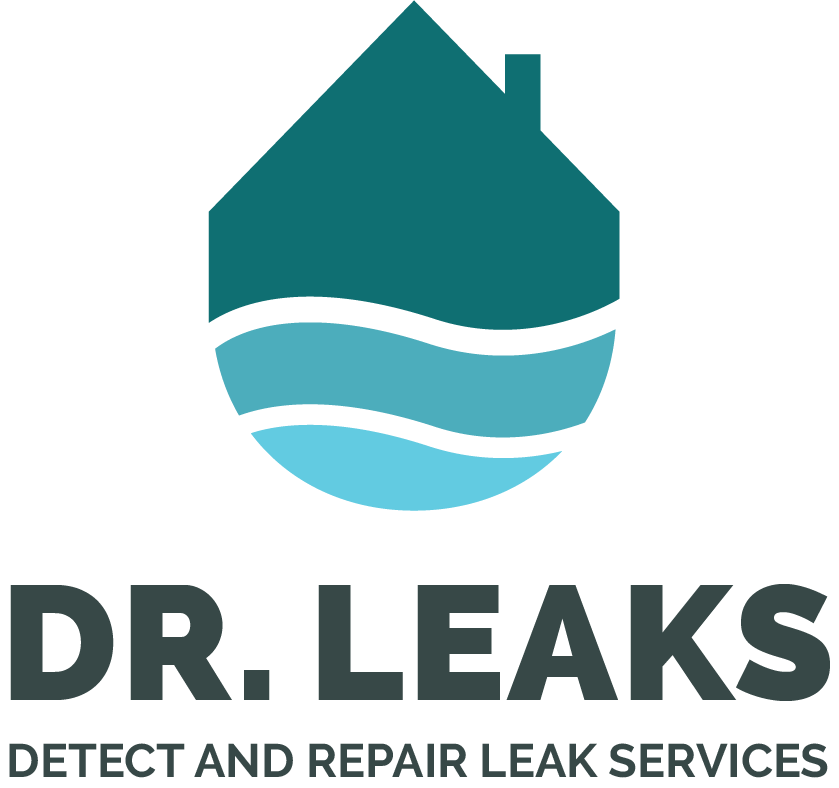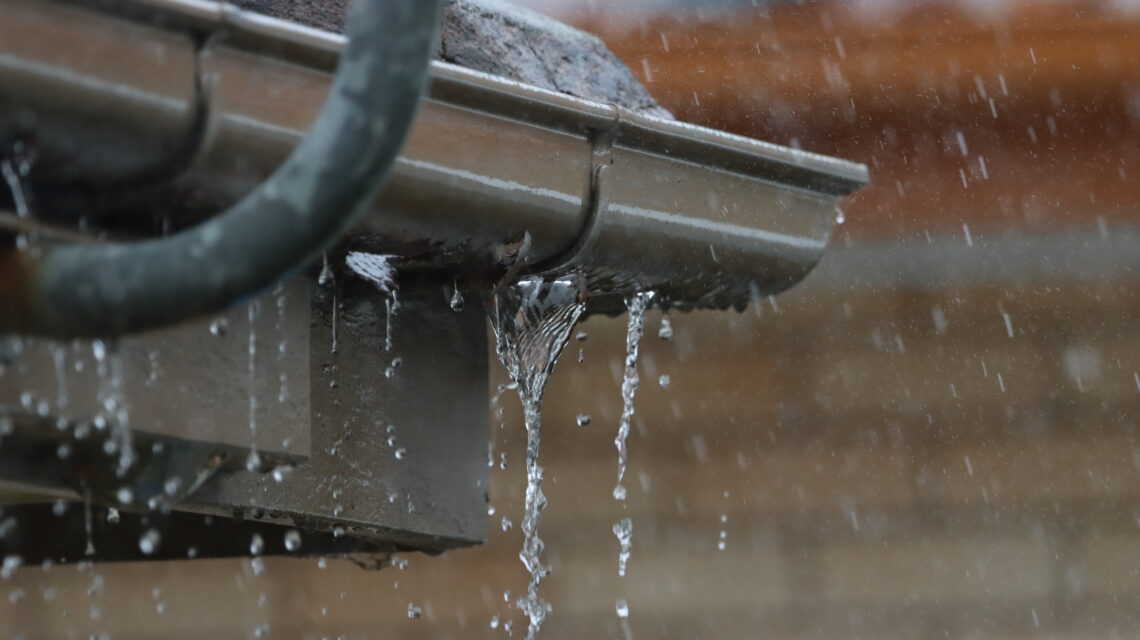Philadelphia’s iconic homes, renowned for their architectural distinctiveness, unfortunately have a propensity for various leak-related issues. The prevalence of flat roofs in the city brings about a myriad of challenges, from improperly installed vents to the aging of fiberglass surfaces and complications with drain boxes.
Furthermore, surfaces such as roof decks, exposed to regular foot traffic, experience deterioration and even occasional damage from burns. Another often overlooked vulnerability is the window area. Deficient vapor barriers, compromised seals, or flawed installation processes can cause inconspicuous leaks. These leaks, despite being covert and often seeping silently into wall cavities, can manifest more blatantly during severe weather conditions.
There are a number of catalysts for leaks when it comes to plumbing as well. These range from drain leaks associated with dishwashers, showers, and sinks to a broader spectrum of issues spanning diverse pipe materials including PVC, copper, and cast iron. Additional areas of concern include kitchens and bathrooms, which can exhibit leaks stemming from shower pans, tiles, or water supply sources. HVAC systems in Philadelphia present their own challenges, with potential leaks from exhaust interfaces and condensation dynamics.
To mitigate these challenges, regular inspection and proactive maintenance are paramount for Philly-area homeowners looking to enjoy a dry, leak-free residence.
Common Factors For Leaks
A significant contributor to leaks, particularly in Philadelphia, is subpar craftsmanship by builders and contractors. Sometimes, due to oversight or inadequate skill, structures are left with small openings, inadvertently providing pathways for water to infiltrate and deteriorate your home from within.
Take, for example, a window that has been improperly installed without a sill pan. Over time, it can become a silent conduit for water, allowing moisture to seep in and potentially damage the floor below. A similar scenario can unfold with pilot house doors that lack door pans. These vulnerabilities might remain dormant, only to betray their presence during intense storms, sometimes years after the initial construction.
Furthermore, while some areas might appear watertight initially, they can become problematic over time. A common instance of this trouble involves the caulk around windows. It might seem secure, but with seasonal temperature fluctuations, this material can degrade, resulting in gaps and openings.
For those residing in newer, multi-story constructions, increasingly common in Philadelphia, regular inspection of these potential leak sites can be challenging, yet, it’s vital to understand that relying solely on caulk for sealing is a flawed approach. Optimal water resistance is achieved by integrating multiple materials, ensuring longevity and minimizing the risk of leaks.
Detrimental Effects of Leaks
The detrimental effects of these leaks cannot be overstated. For instance, a leak from a high window can lead to water damage on every floor, all the way to the basement. This kind of leak is costly and hard to fix. Similarly, leaks in fiberglass roofs can be hidden, especially if the roof has a type of insulation that hides the water damage. By the time people notice, the roof can be badly damaged. Also, issues like missing door pans or unsealed walls can make homes more likely to have leaks.
Many homes in Philadelphia have roof decks, but these come with their own problems. Often, the areas under these decks aren’t sealed well, letting water in. And since homeowners can’t easily see under their decks, they might miss the damage until it’s severe. Plus, if you add too much weight to these decks with furniture and other items, it can press down and damage the roof. It’s important for Philadelphia homeowners to check their roofs and decks regularly to prevent these issues.
How Homeowners Can Safeguard Their Property
To protect their properties from leaks, homeowners should take a proactive approach. One effective method is to personally inspect their roofs by safely accessing them through windows, getting a close look at potential weak spots. Alternatively, hiring a trustworthy professional with the right equipment to conduct a general inspection can identify areas that may not be leaking now but could become problematic in the future.
However, just visually inspecting might not be enough, as understanding how water travels is crucial. Without this knowledge, it can be challenging to predict how water might behave during critical moments like heavy storms. Hence, it’s beneficial for homeowners to educate themselves or consult experts about how water can infiltrate homes, ensuring a comprehensive leak-prevention strategy.
****
In Philly, many houses, like rowhomes, are built close together. Because of this, if one house has a problem, it can sometimes affect the next house over, and so on. It’s essential for homeowners to check where their houses touch and look for any potential problem spots.
Many Philadelphia homes have one or several additions that have been tacked on through the years. These extra bits can sometimes cause leaks, especially where roofs overlap or where two houses meet. Another issue is when different parts of a house, like a roof and a wall, come together. Sometimes, the people who built the house might leave small gaps because they weren’t sure whose job it was to fix it.
That’s where Dr. Leaks comes in. We help fix those gaps and areas other workers might have missed, making sure houses stay dry and safe. If you’re experiencing a leak in your home, schedule an appointment with our leak experts.




